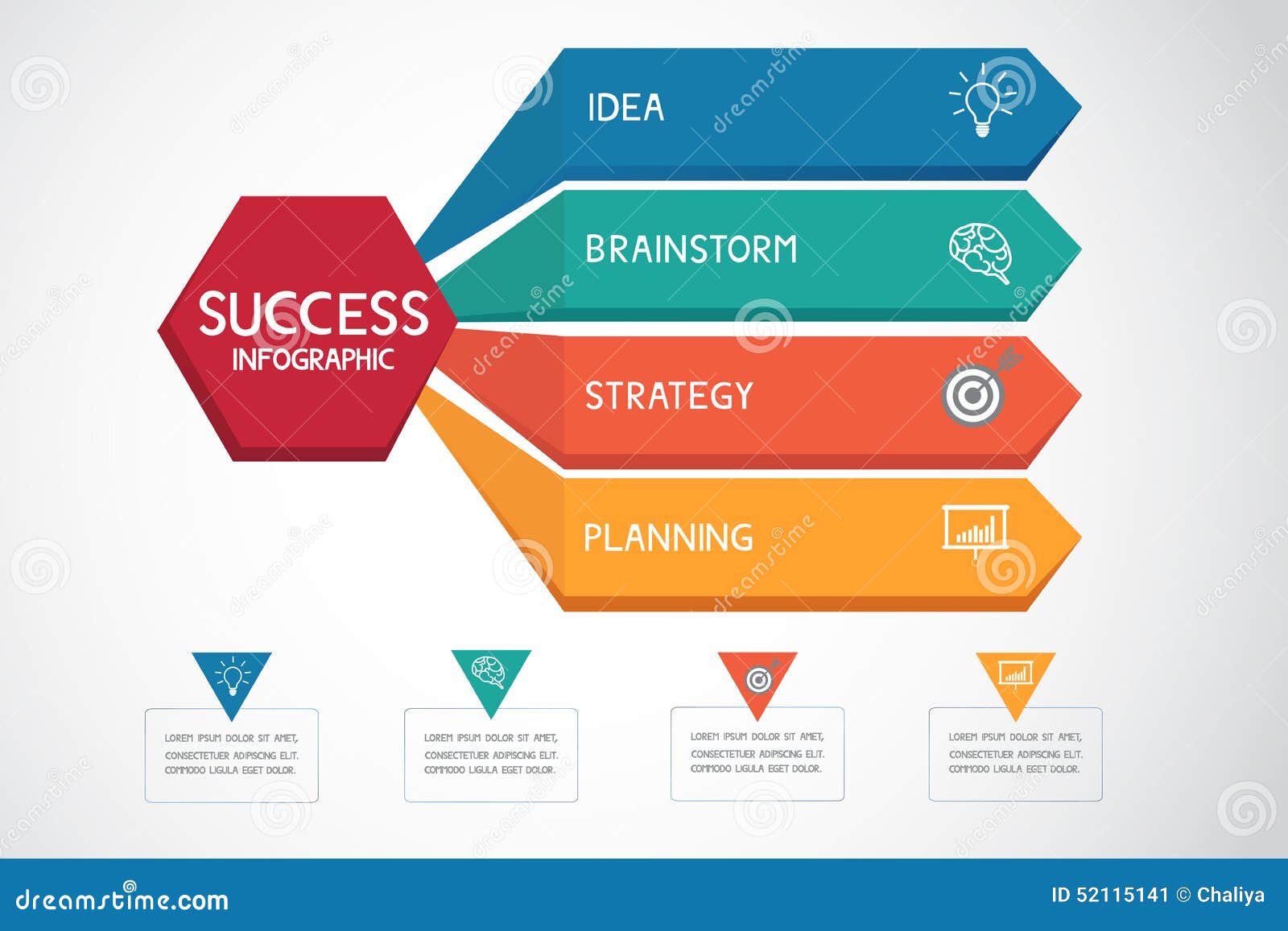Essential Website Layout Insights: Recommendations For Developing An User-Friendly User Interface
Essential Website Layout Insights: Recommendations For Developing An User-Friendly User Interface
Blog Article
Material Writer-Scarborough Thorpe
When it involves website layout, making certain user-friendliness is crucial. From responsive design to streamlined navigating, every component plays a crucial role in producing a website that deals with your audience's demands. However what regarding the finer details that can make or damage a user's surfing experience? Keep tuned as we uncover some often-overlooked pointers that can boost your site's usability to the next degree, making it absolutely stand apart in the digital landscape.
Relevance of Responsive Layout
Responsive style is a critical aspect of modern-day website development. Guaranteeing your site is receptive ways that it can adjust to various display dimensions and gadgets, giving a smooth experience for customers.
With the enhancing use smartphones and tablet computers to access the net, having a responsive design is important for getting to a larger target market. It assists in enhancing individual experience by making your site easy to navigate and read on any type of tool.
In addition, receptive style can positively impact your search engine rankings, as online search engine like Google prioritize mobile-friendly web sites. By having a responsive layout, you're likewise future-proofing your web site, as brand-new gadgets with differing screen sizes continue to emerge.
Simplify Navigating Structure
To improve individual experience and facilitate easy accessibility to details on your web site, simplifying the navigating structure is critical. When designing your site, focus on developing a clear and instinctive navigating food selection that aids visitors discover what they're searching for quickly.
Restriction the variety of menu products to the essentials, grouping relevant web pages together to avoid frustrating individuals. Usage descriptive labels that clearly show the content of each web page, making it simpler for users to understand where each link will take them.
Consider implementing dropdown menus for subcategories to avoid cluttering the major navigating bar. Additionally, include a search bar plainly on the web page for individuals that prefer looking for details details.
Focus on mobile responsiveness in your navigating layout to make certain easy accessibility on all gadgets.
Optimize Page Lots Speed
Improving page tons speed is critical for retaining site visitors on your site. Slow-loading web pages frustrate individuals and can result in high bounce rates. To enhance web page load speed, beginning by maximizing images. Compress pictures without endangering quality to decrease their data dimensions.
Additionally, make it possible for browser caching to keep frequently accessed sources locally, speeding up tons times for returning visitors. Minify CSS, JavaScript, and HTML files by getting rid of unnecessary characters, remarks, and formatting, improving lots rate.
Think about utilizing a web content distribution network (CDN) to distribute your internet site's material throughout several web servers worldwide, lowering latency for customers accessing your website from different places. Lastly, limit using third-party manuscripts and plugins, as they can dramatically influence load times.
Conclusion
Finally, by including responsive style, simplifying navigation, and optimizing web page tons rate, you can create a straightforward site that appeals to a bigger audience and boosts customer experience. These essential elements guarantee that visitors can easily access and browse your website across various tools, resulting in increased involvement and complete satisfaction. By focusing on Suggested Webpage , you can build an effective web site that maintains individuals returning for more.
